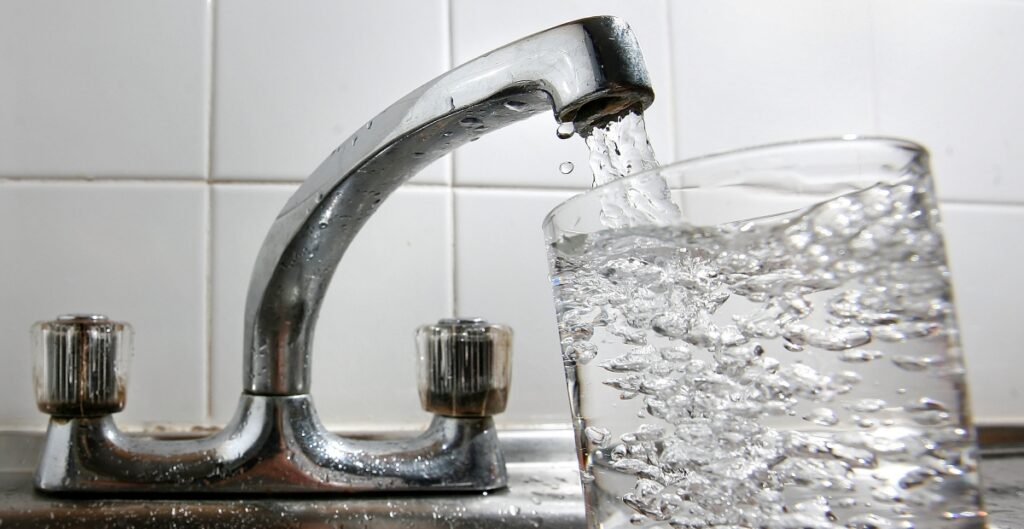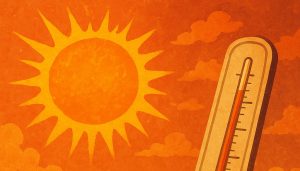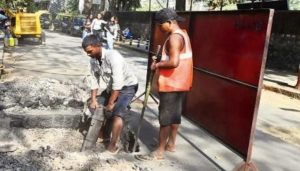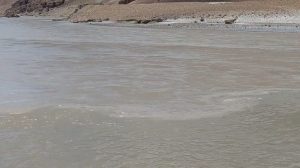Pune Hits Record Low In Water Storage Amid Scronghing Heat

Pune, 9th April 2025: With the scorching summer heat setting in, signs of an impending water shortage are becoming evident across Maharashtra. The state’s reservoirs—large, medium, and small—are now holding less than half of their usable water capacity, raising concerns for the weeks ahead.
Alarmingly, Pune’s dams have recorded the lowest water storage levels in the state, with only 39.55% usable water stock remaining. This figure is even lower than Marathwada’s, a region historically known for water scarcity, which currently holds 42.90% usable water stock. Officials say the situation is growing more serious with every passing day.
Across the state, the average water storage as of 8th April stands at 43.67%, translating to 25,397 million cubic meters (MCM) of usable water. This includes dam clusters from Nagpur, Amravati, Pune, Chhatrapati Sambhajinagar, Nashik, and the Konkan region.
Water levels are also rapidly dropping due to high evaporation rates, and many reservoirs could see their storage dip below critical levels by mid-April, experts warn.
Although overall water storage is slightly better than the same period last year, increasing demand from irrigation cycles, drinking water needs, thermal power plants, and industrial use has intensified pressure on already limited resources.
In Marathwada, key reservoirs reflect a mixed picture:
– Jayakwadi Dam (Paithan): 49.86%
– Majalgaon (Beed): 38.13%
– Manjara: 42.37%
– Siddheshwar (Hingoli): 61.10%
– Yeldari: 59.35%
– Vishnupuri (Nanded): 39.87%
The situation is particularly alarming in Ujani Dam, which supplies water to Dharashiv. Ujani currently holds just 19.31% of its usable water stock, and authorities fear it could dry up by mid-April.
Here’s a snapshot of regional water storage levels:
– Pune Division: 39.55%
– Marathwada: 42.90%
– Nashik: 45.73%
– Konkan: 51.13%
– Nagpur: 43.52%
– Amravati: 51.43%
Officials across districts have been alerted to prepare for water rationing and to prioritize essential usage as the summer intensifies.





